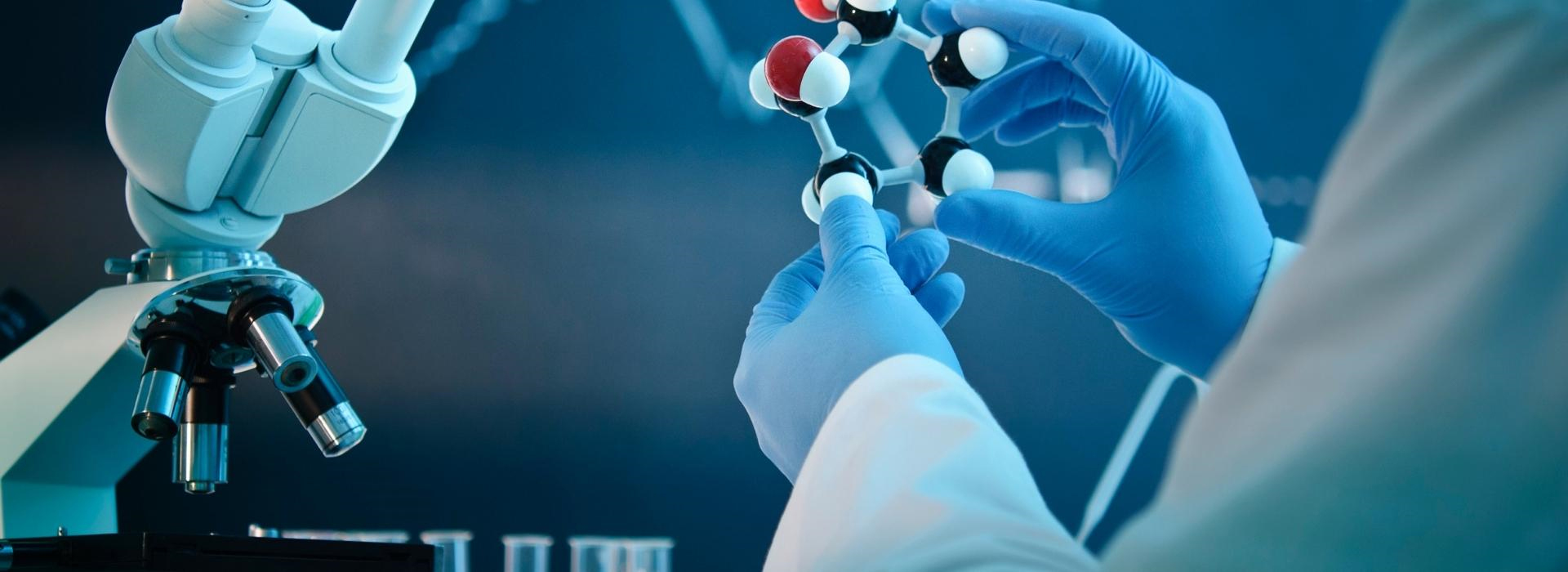With the rise of vehicle ownership, vehicle emission pollution and its adverse influence on the atmospheric, environmental and human health have caused more and more attention all over the world. In order to establish a vehicle emission inventory and formulate reasonable and effective emission control strategies, the research of vehicle exhaust emission characteristics and emission factors is necessary to work. It has a close relationship with environmental conditions. Vehicle emission control technologies' deceleration, environmental temperature, humidity, and fuel properties affect the emissions, as well as the driver's driving behavior largely influencing the vehicle emissions. Vehicle emission monitors can be lab based or on-board. With the RDE (Real-Time Driving Emission) norms kicking in India w.e.f. April 1, 2023, onboard diagnostics in each vehicle has become absolutely imperative for all automobile manufacturers. That is where our highly accurate and absolutely portable iPEMS (integrated portable Emission Monitoring System) device comes extremely handy.
Notification
Our integrated Portable Emissions Measurement System or iPEMS provides the capability of providing gaseous AND nanoparticle measurements using a certified sensor for particulate number concentration. This unique "hot-swap" battery system delivers emissions measurements for CO, CO2, O2, HC, NOx, NO, NO2, particle number (PN), and particulate matter (PM). These devices are powered by a common software interface, which provides a familiar and adaptable platform for each unique transportation challenge presented. The software and hardware embedded in the parSYNC Flex - PNC are completely customizable
Our Emission Sampling System (ESS) is designed to sample aerosol particles directly from hot exhaust gas, e.g. from fireplaces, combustion processes, or engine exhausts. On connecting the ESS to an SMPS+C or SMPS+E system, measurement of continuous realtime particle size distributions can be achieved.

